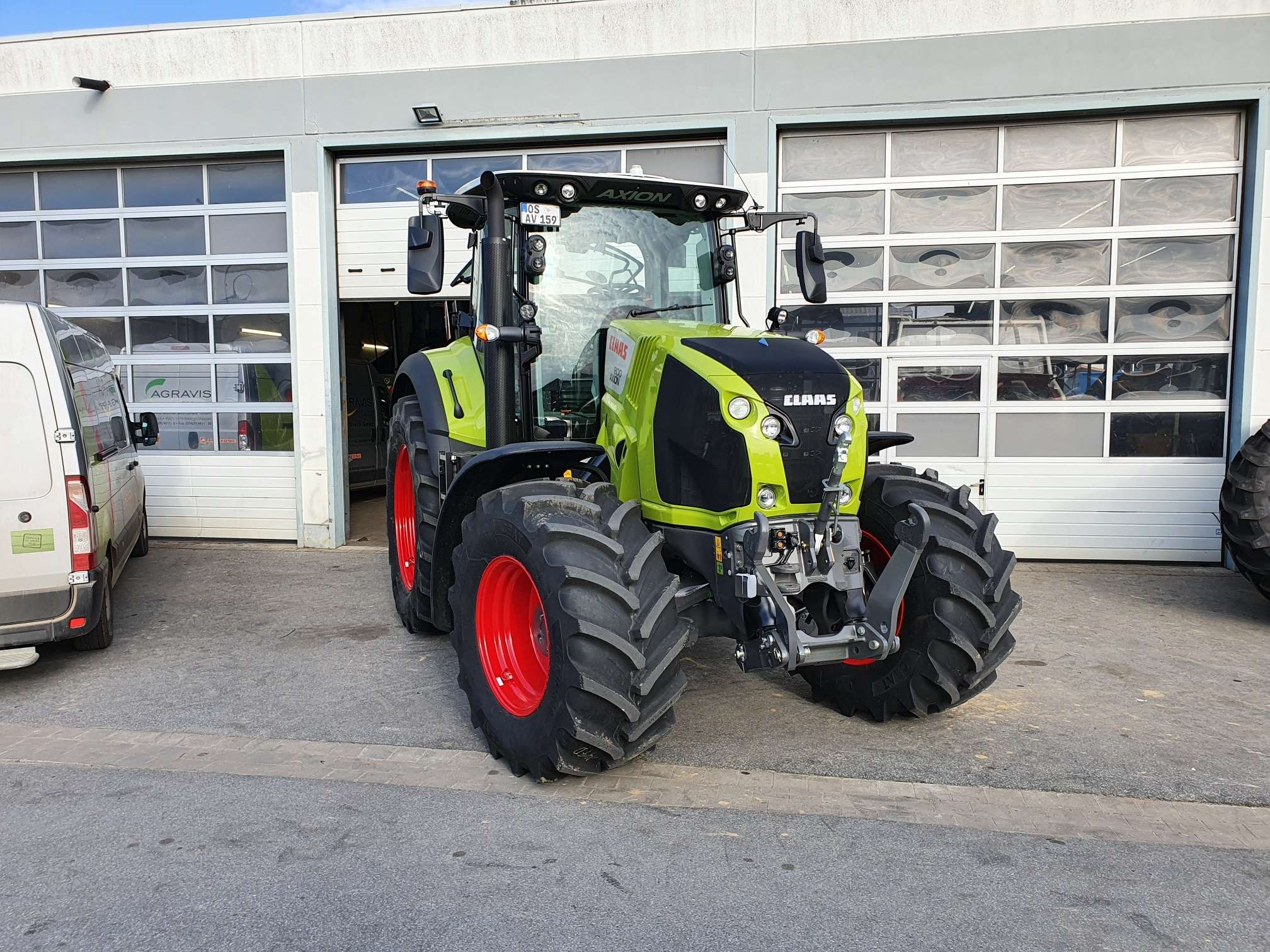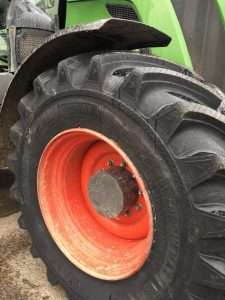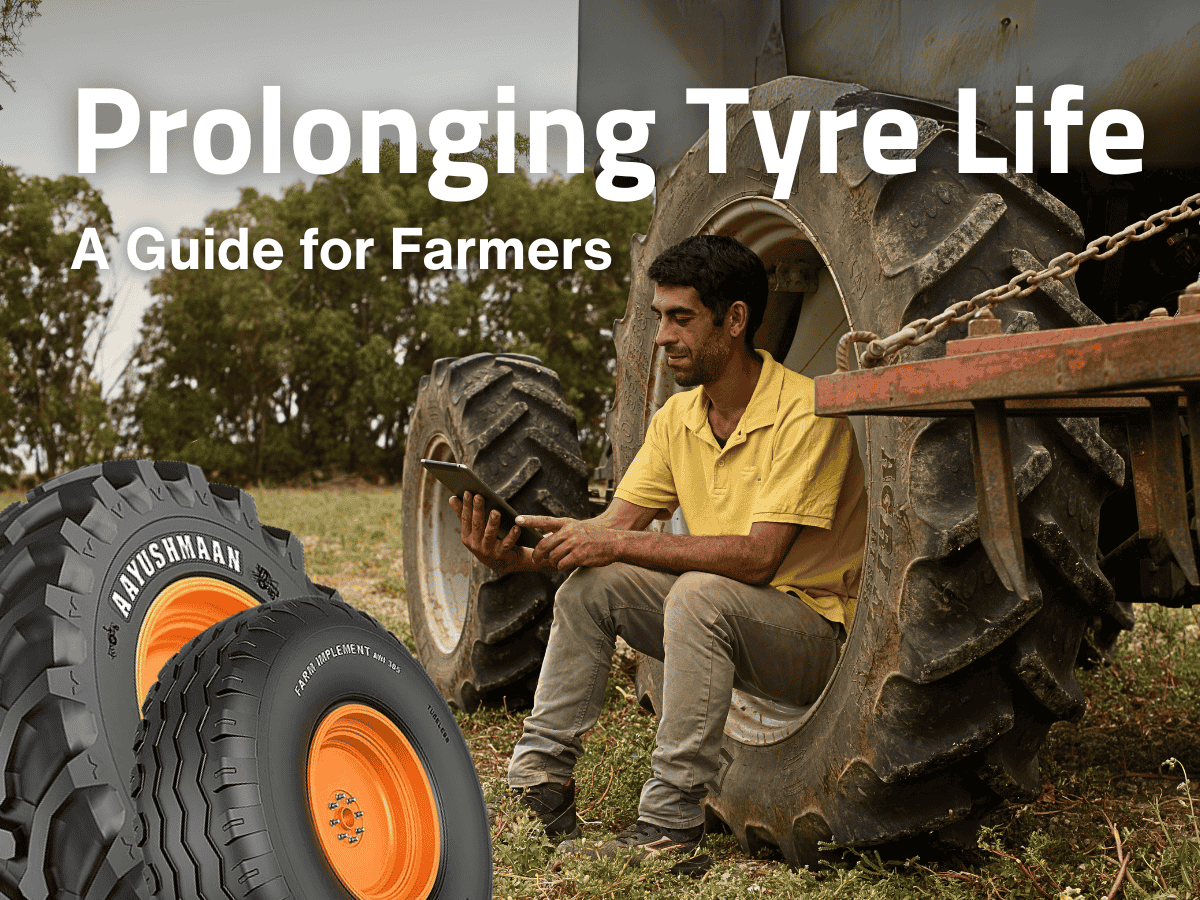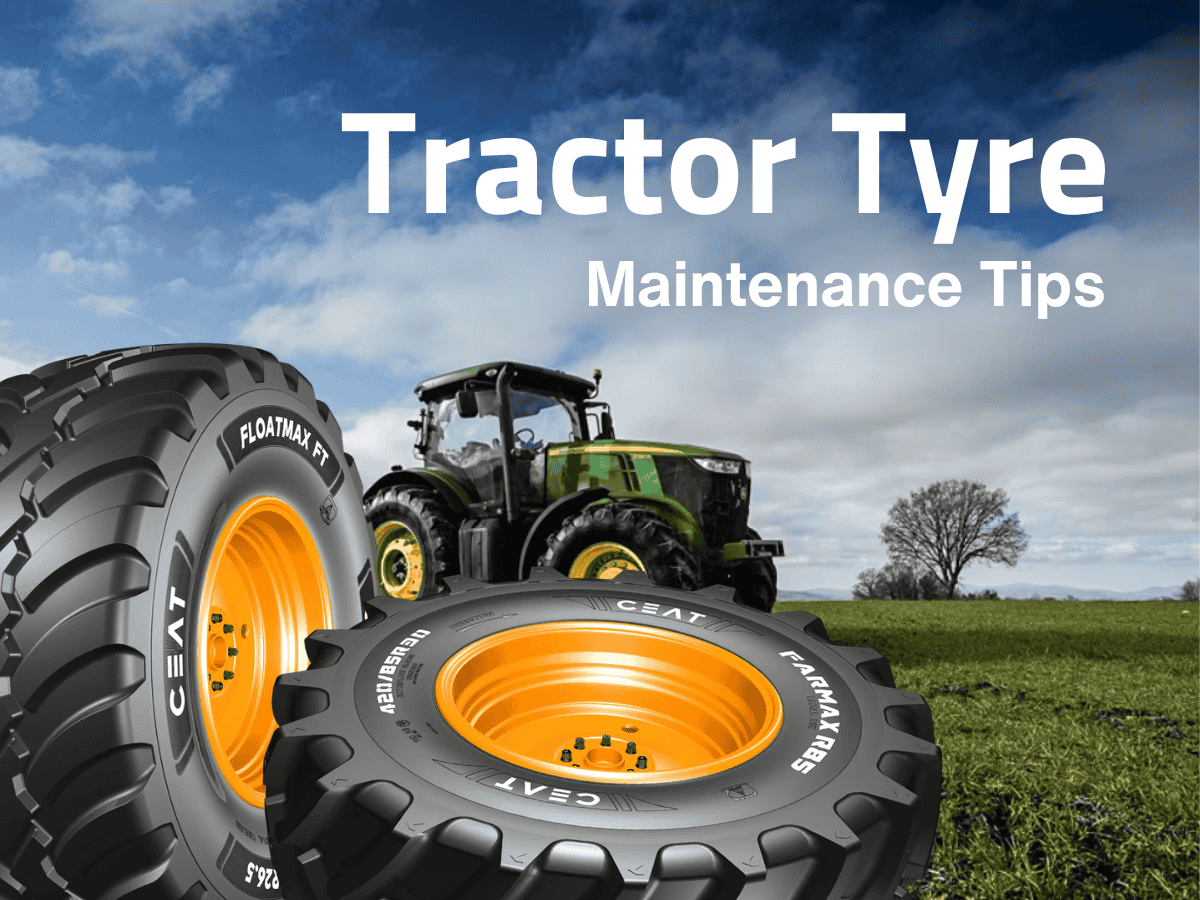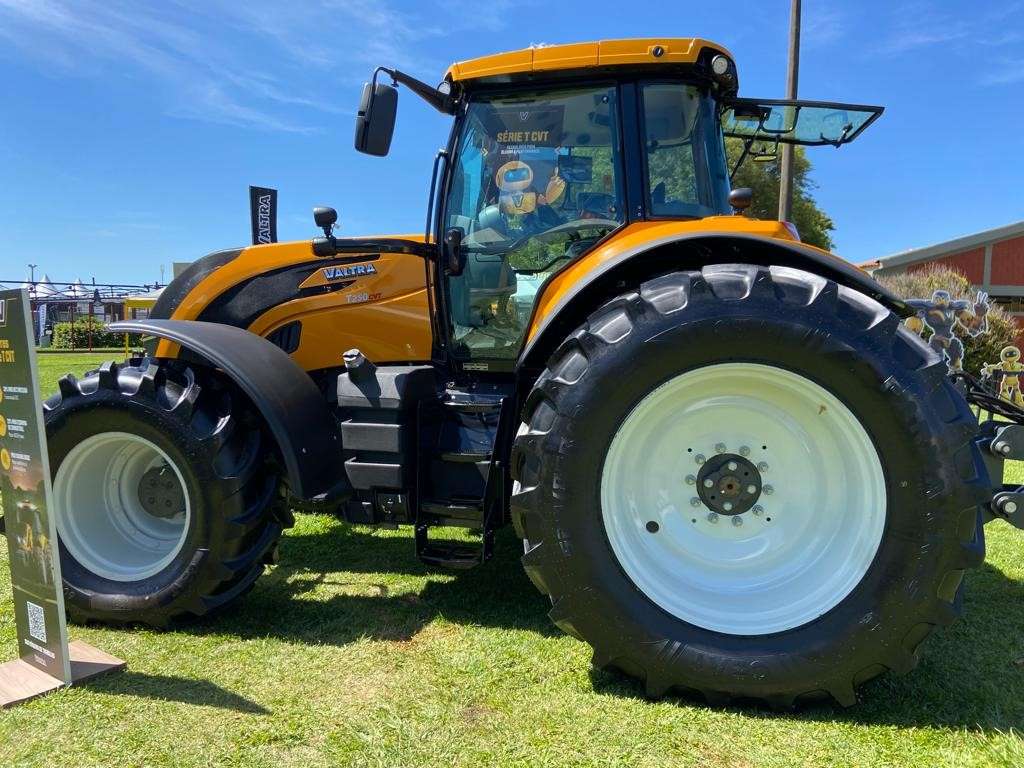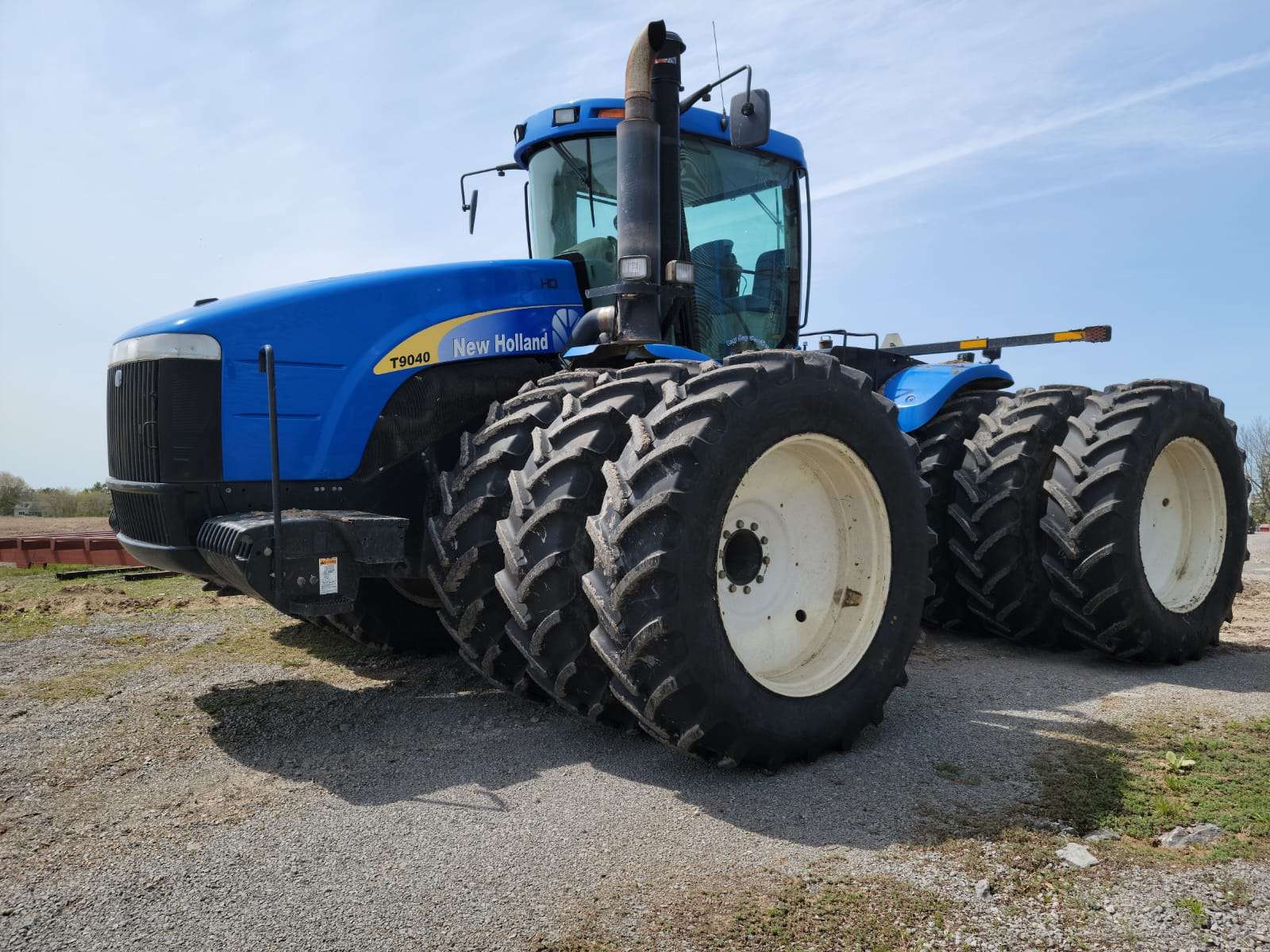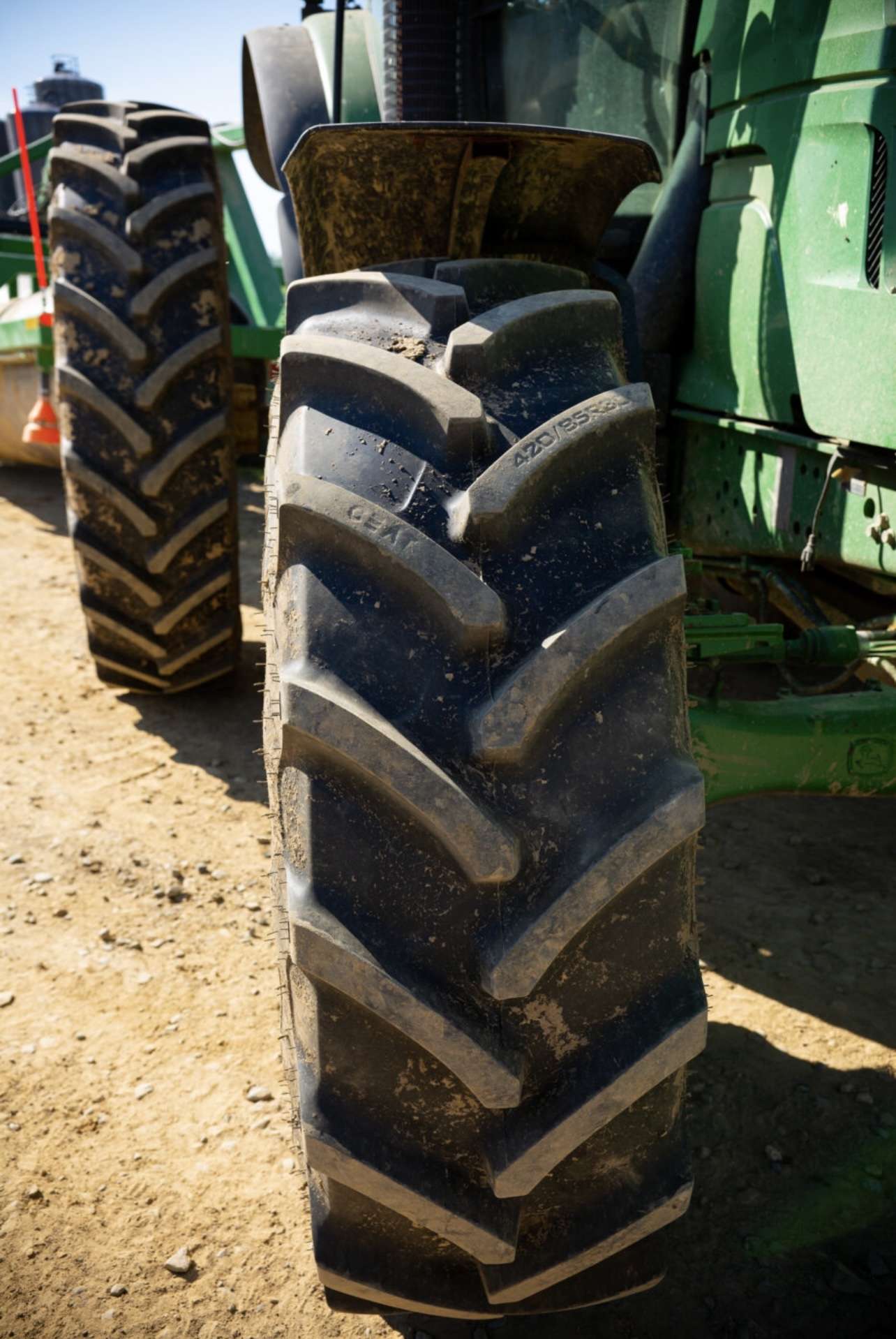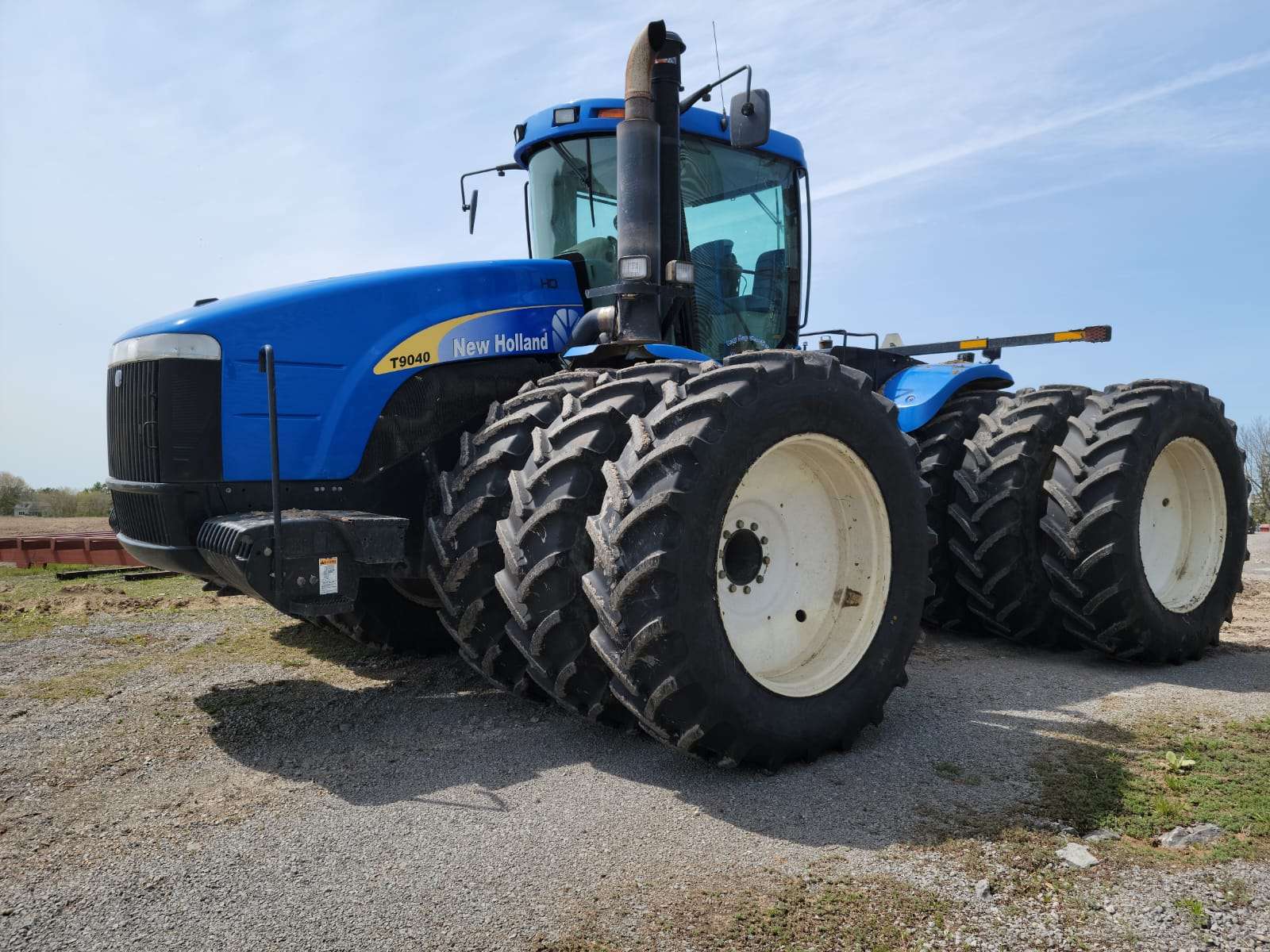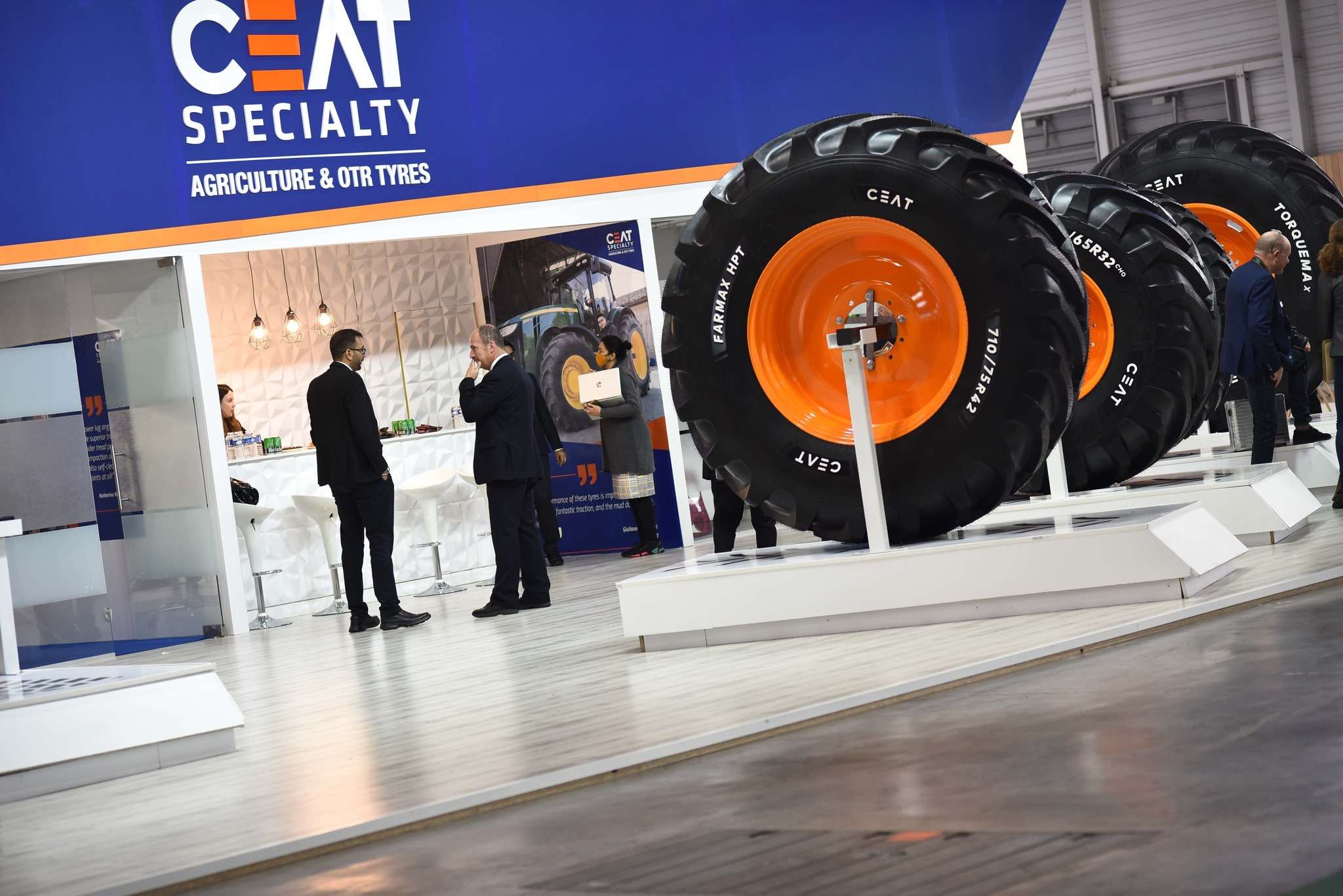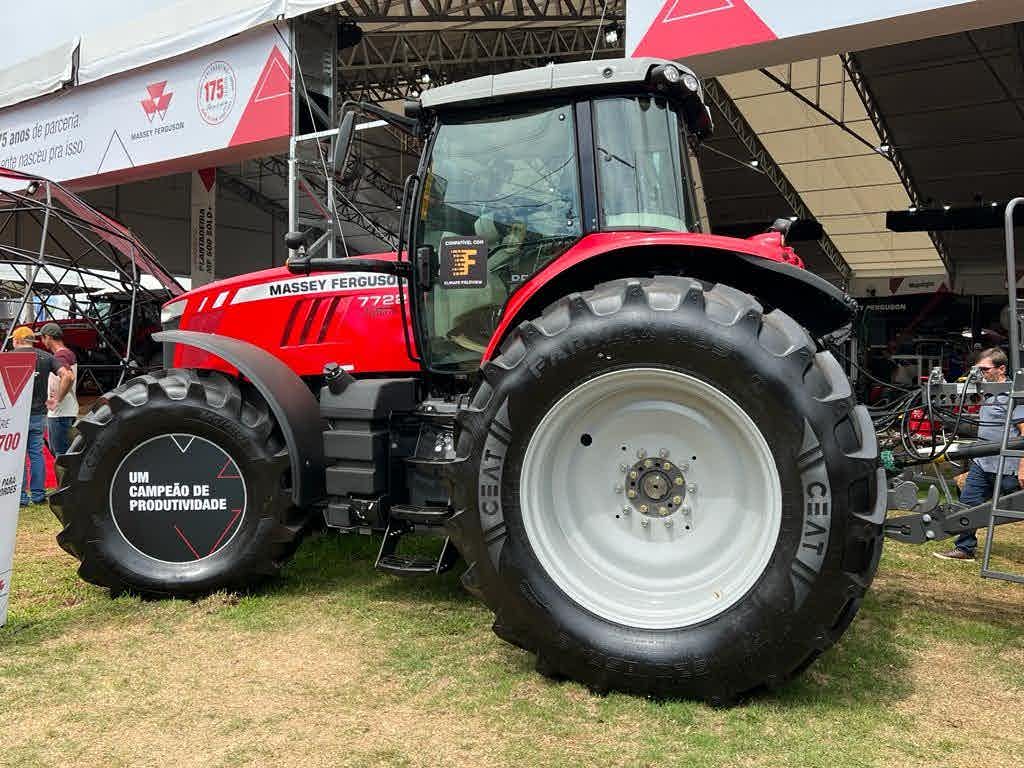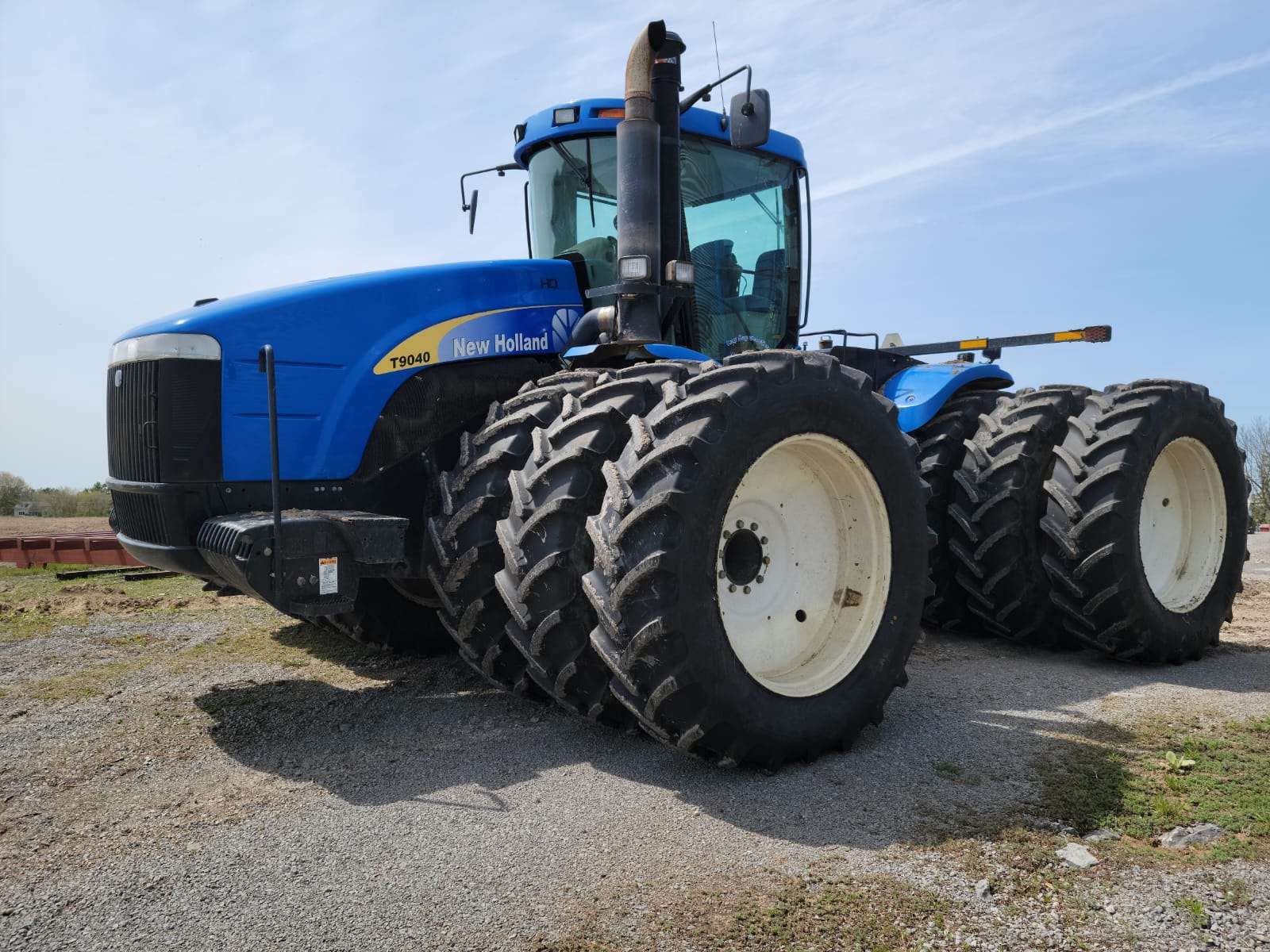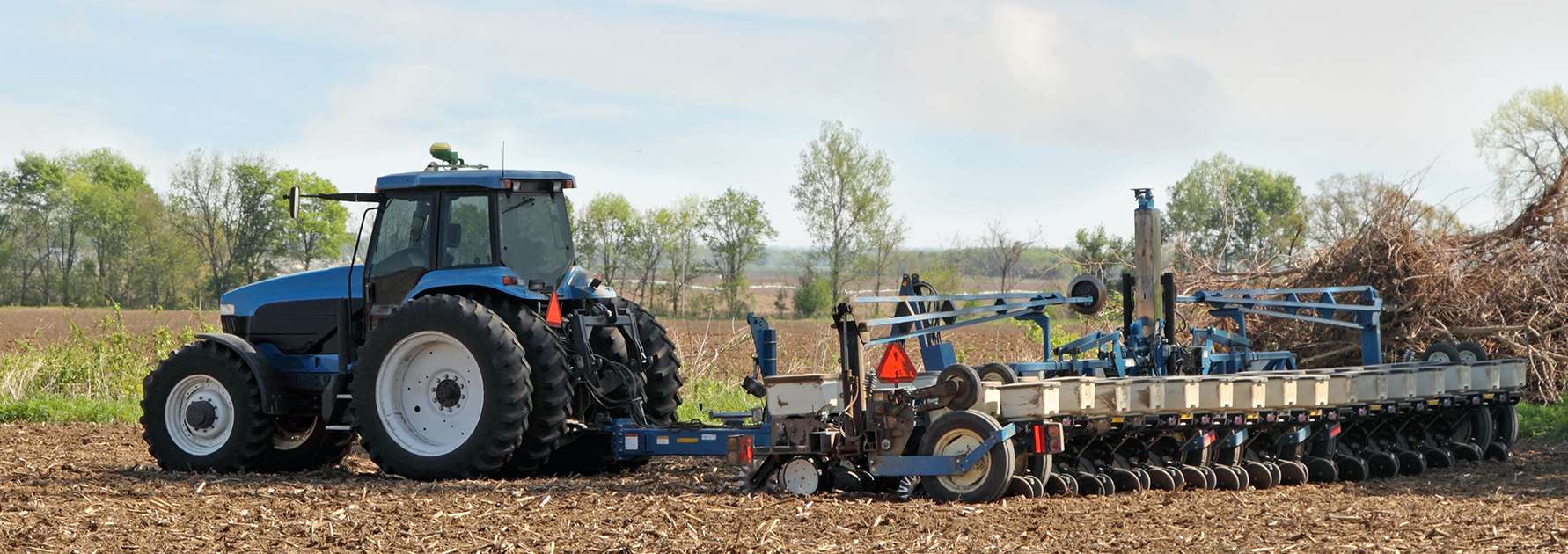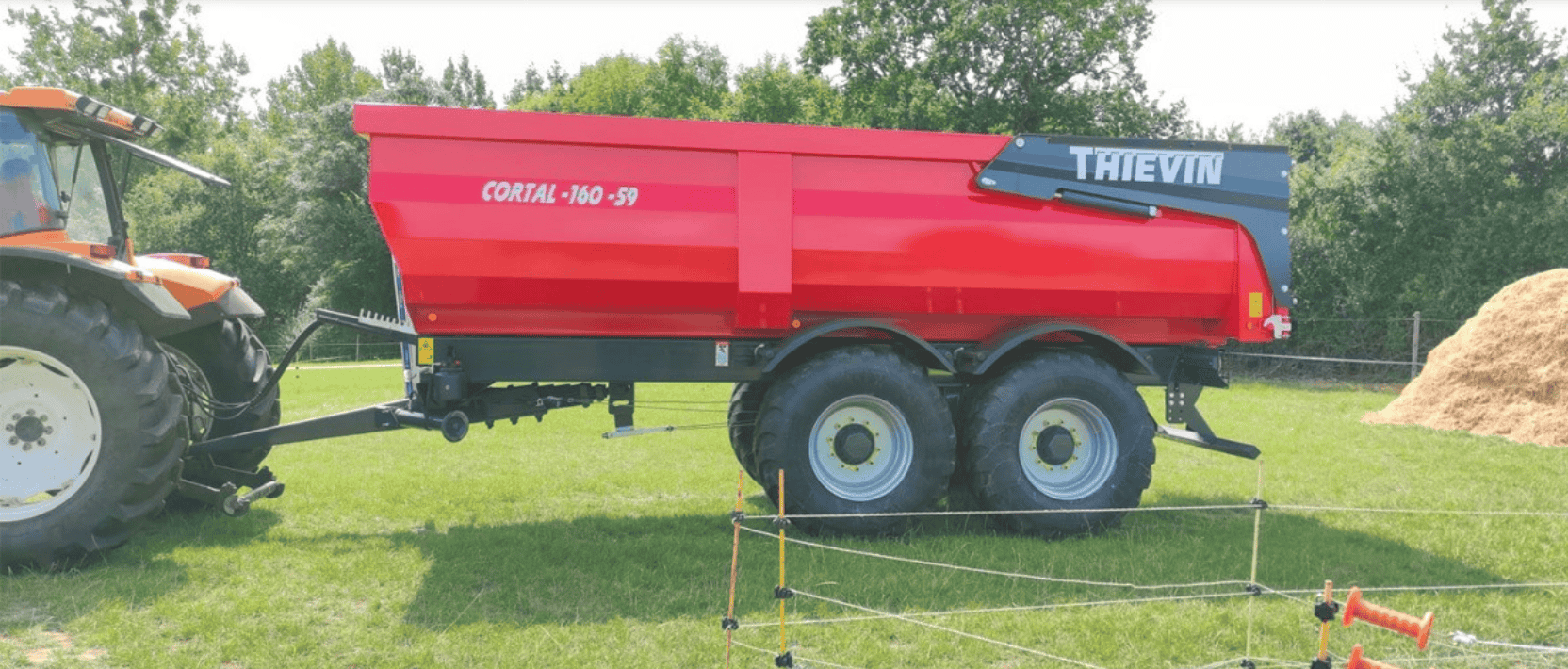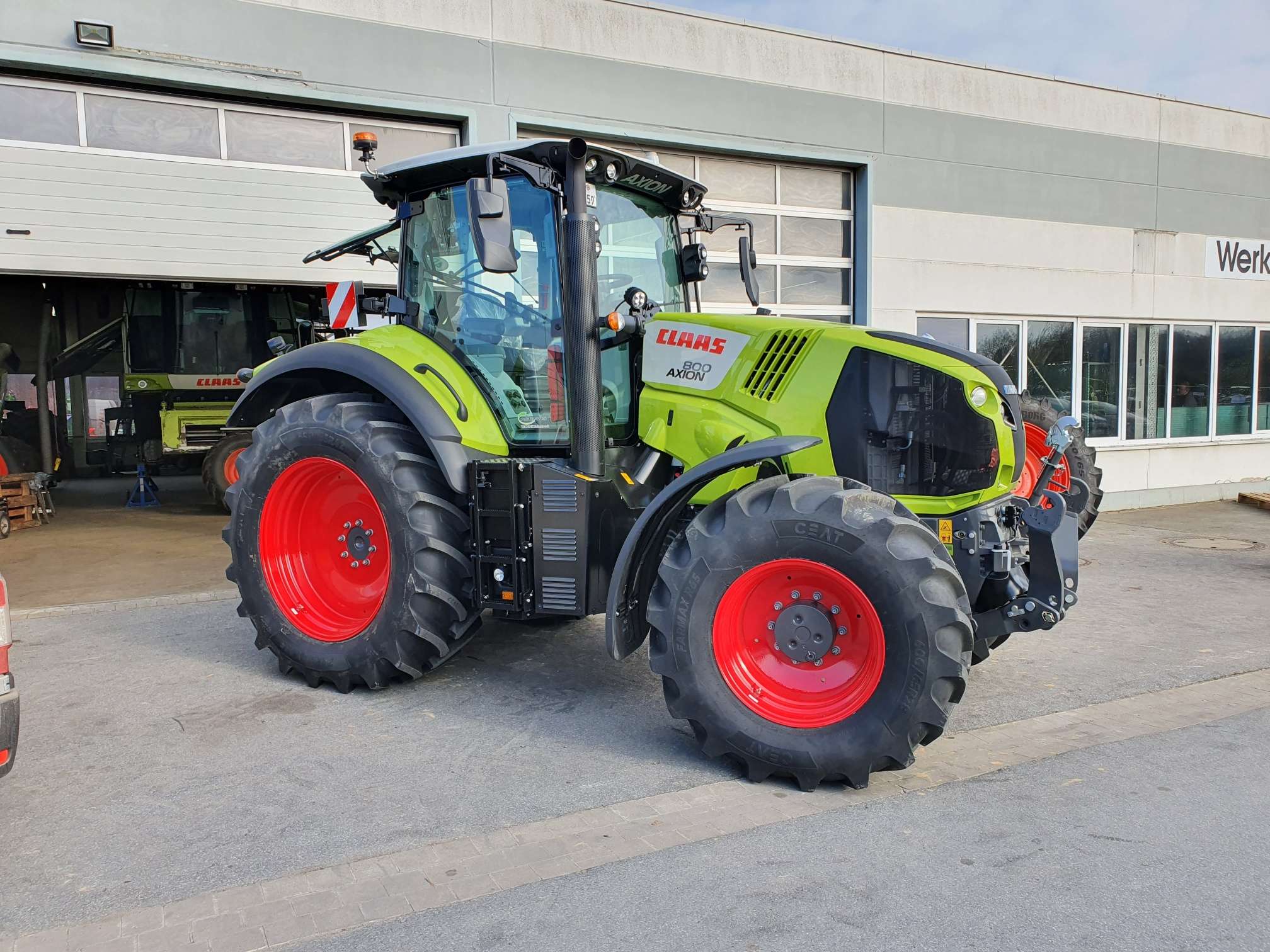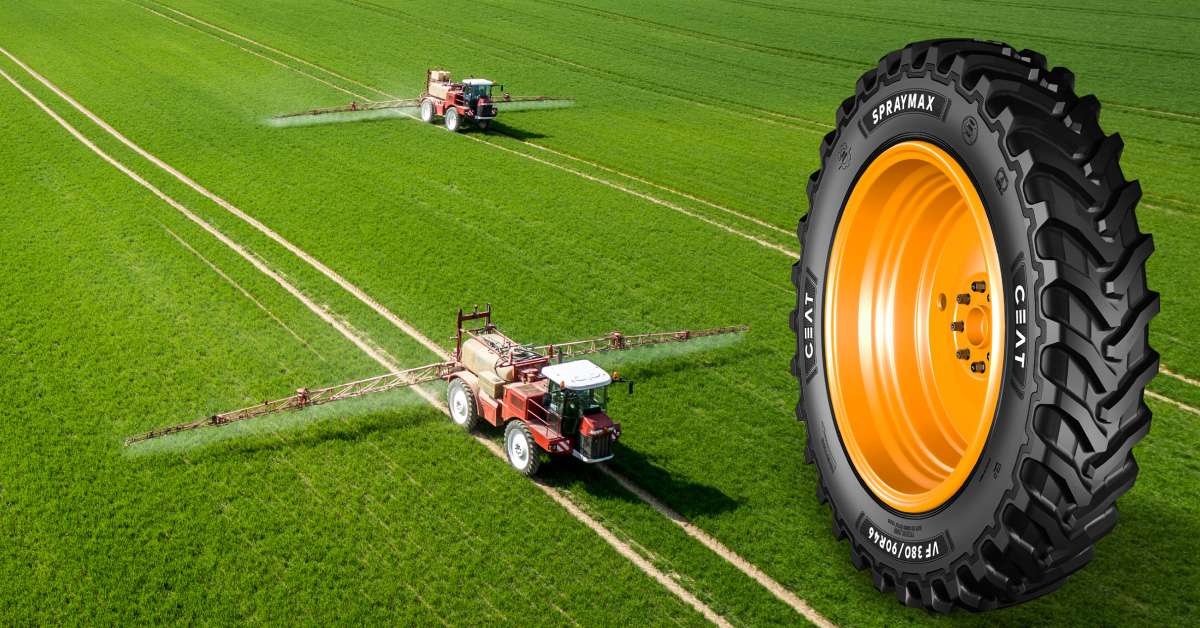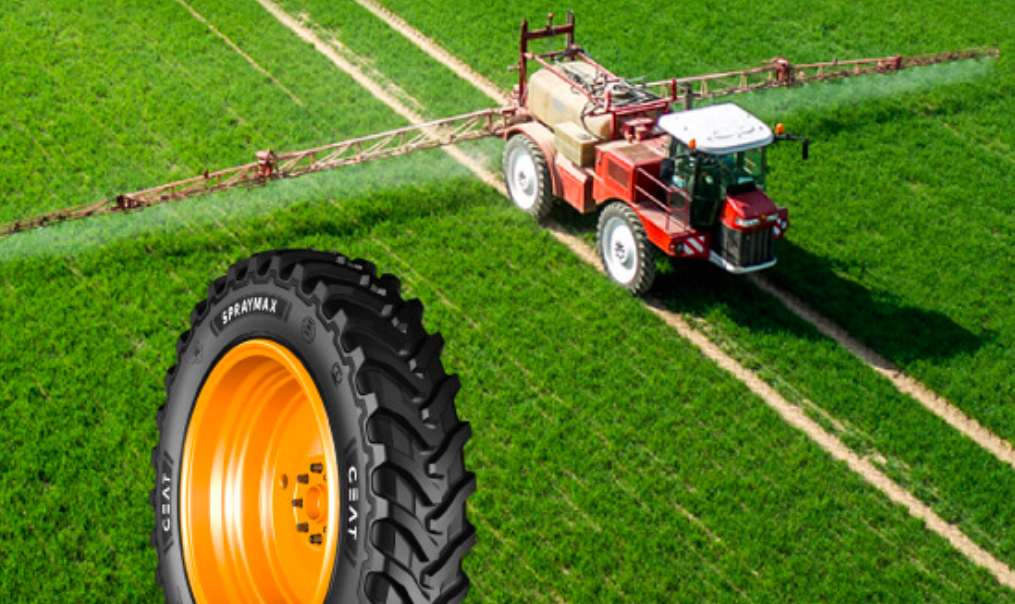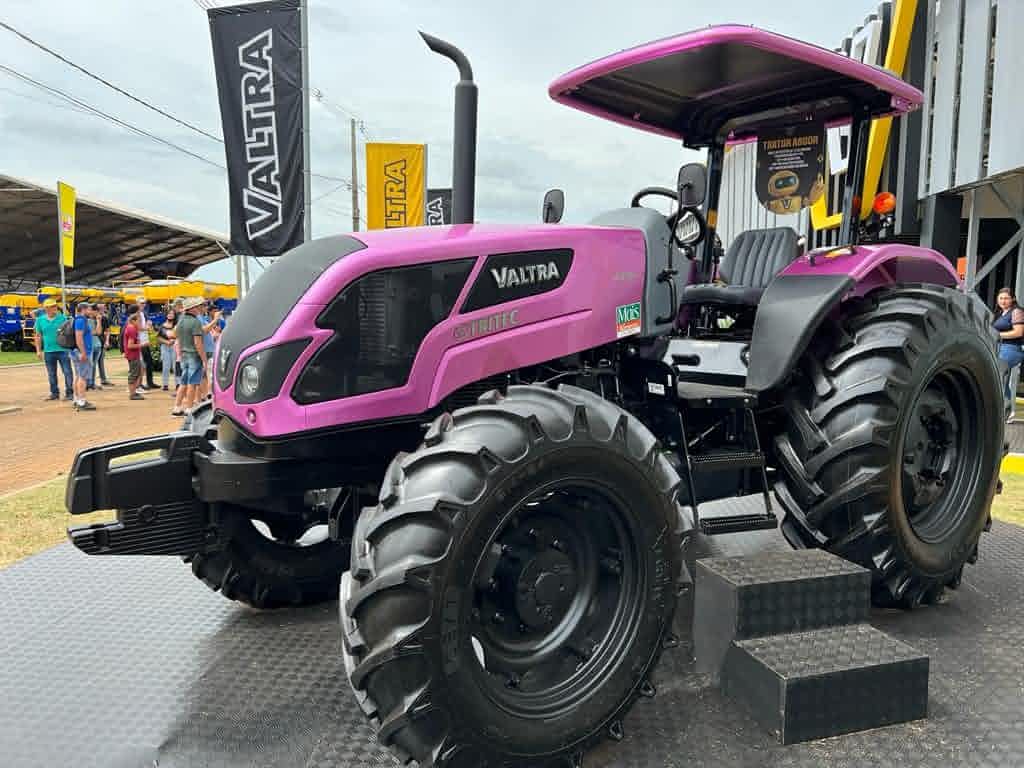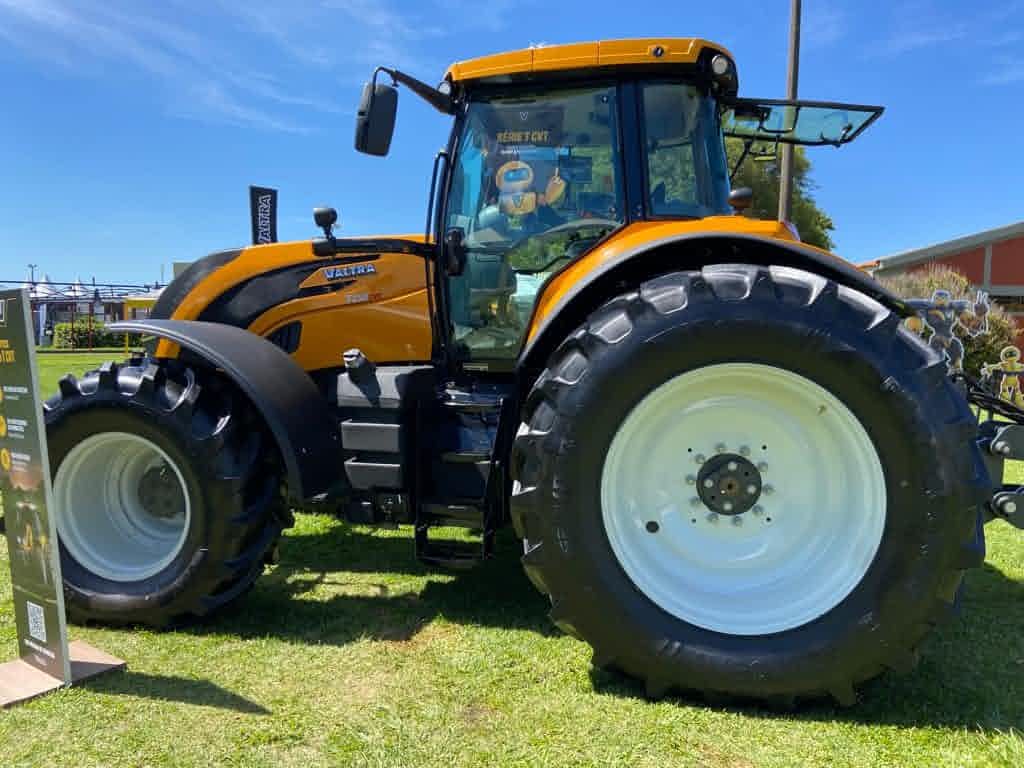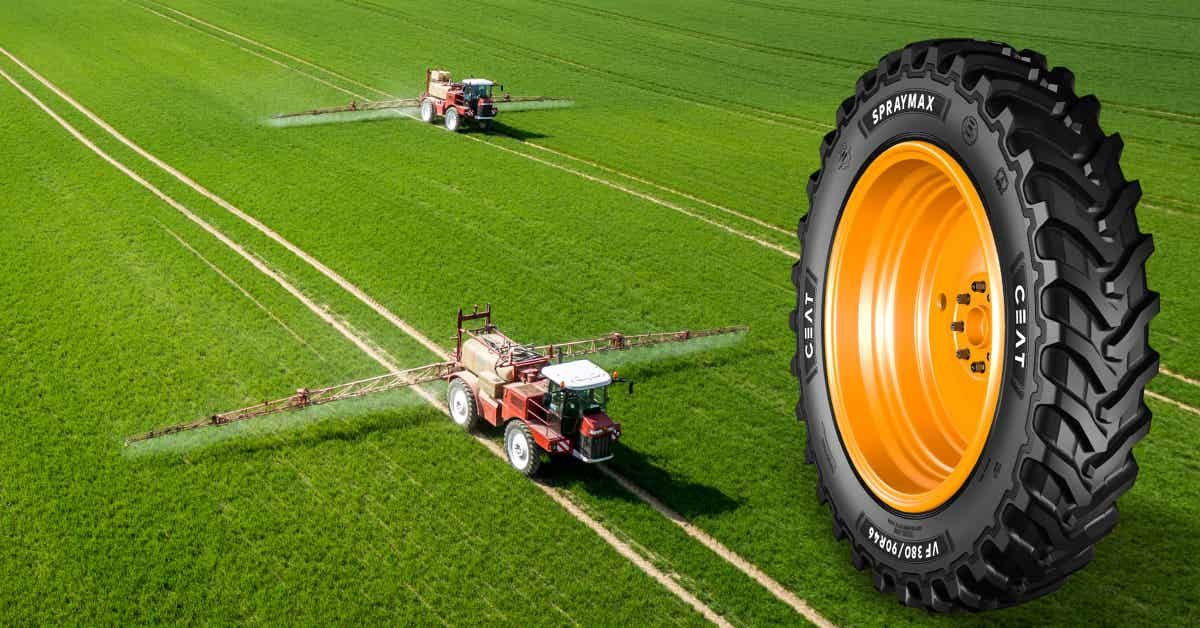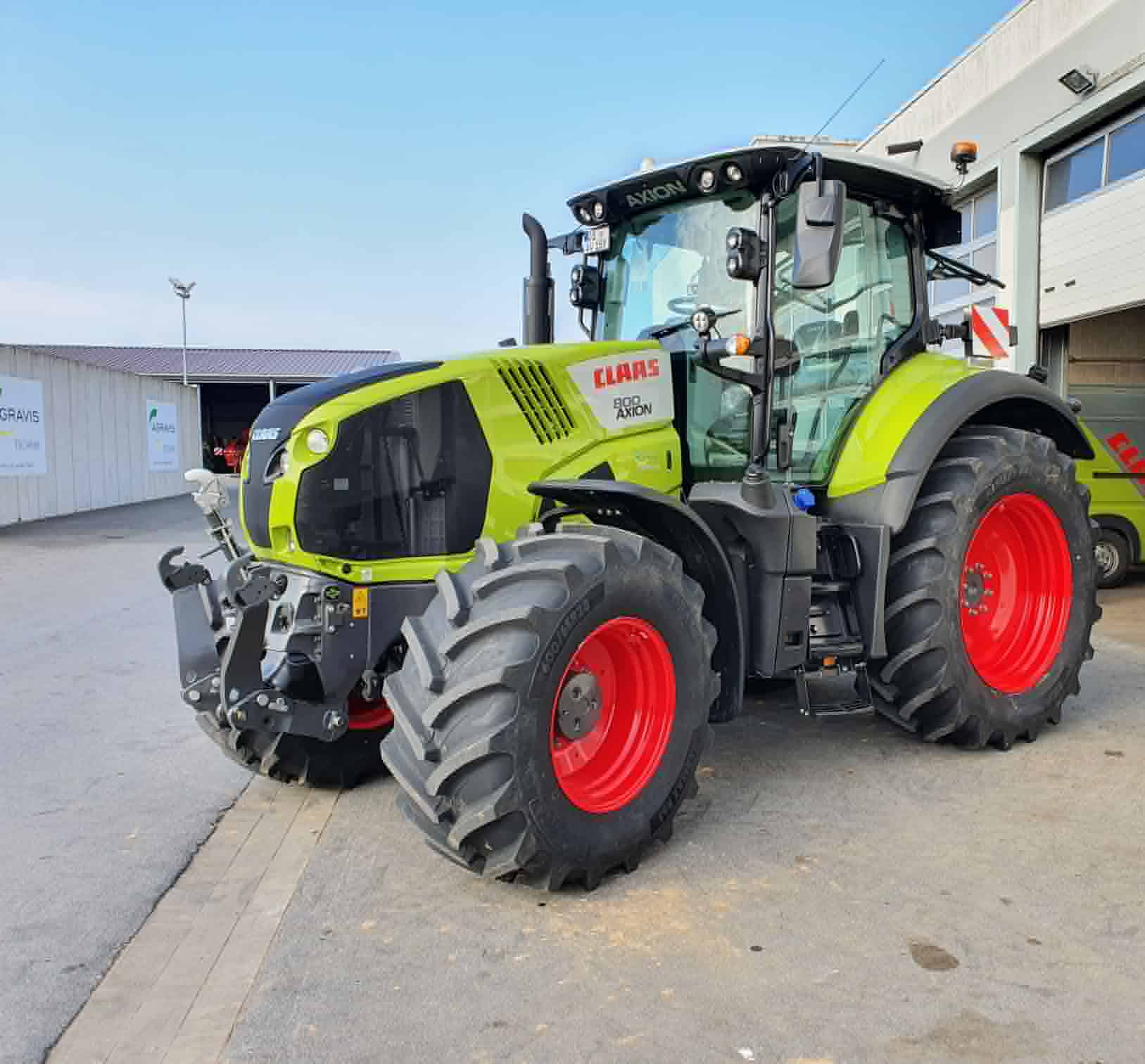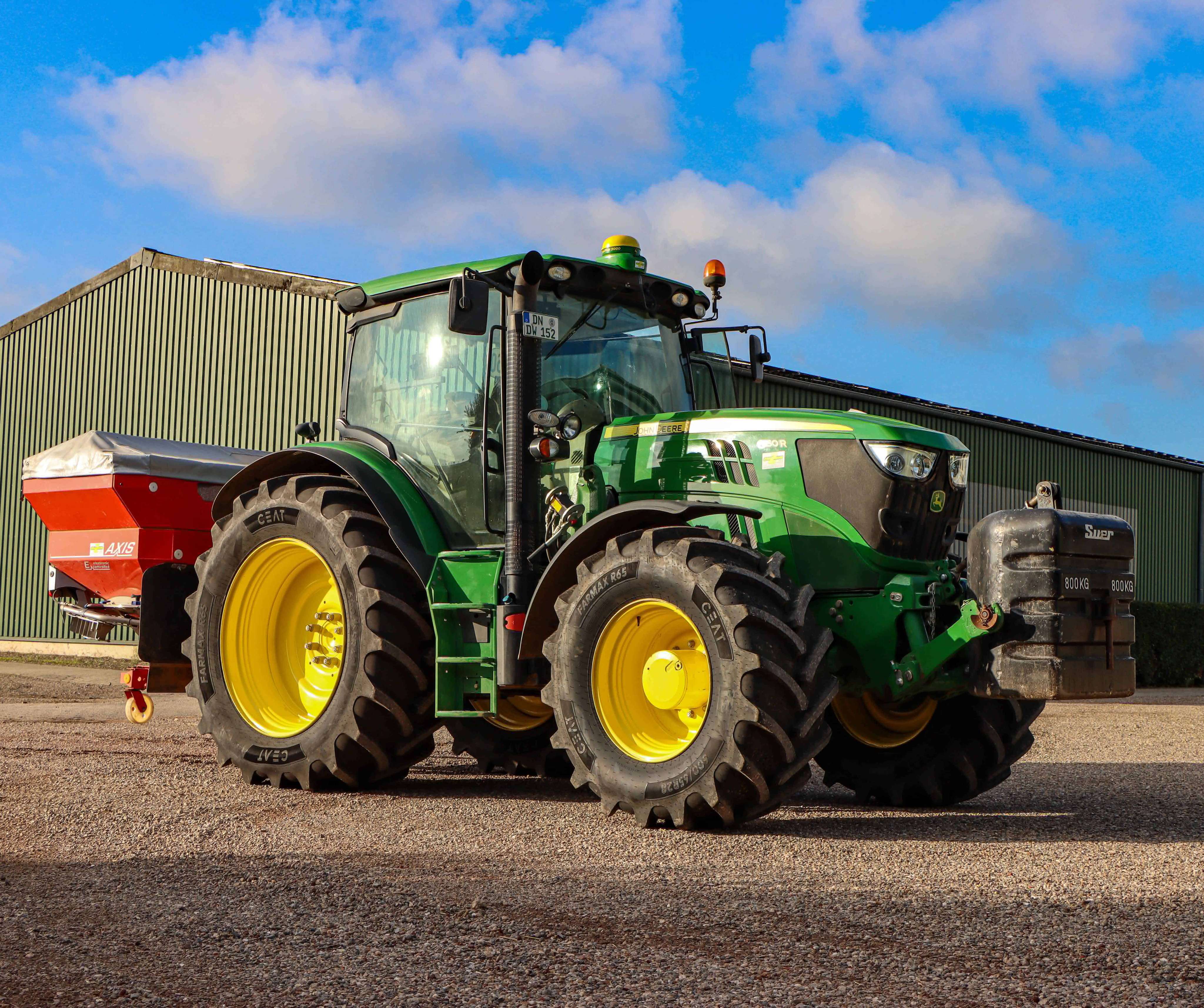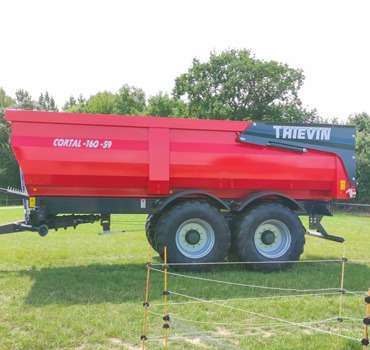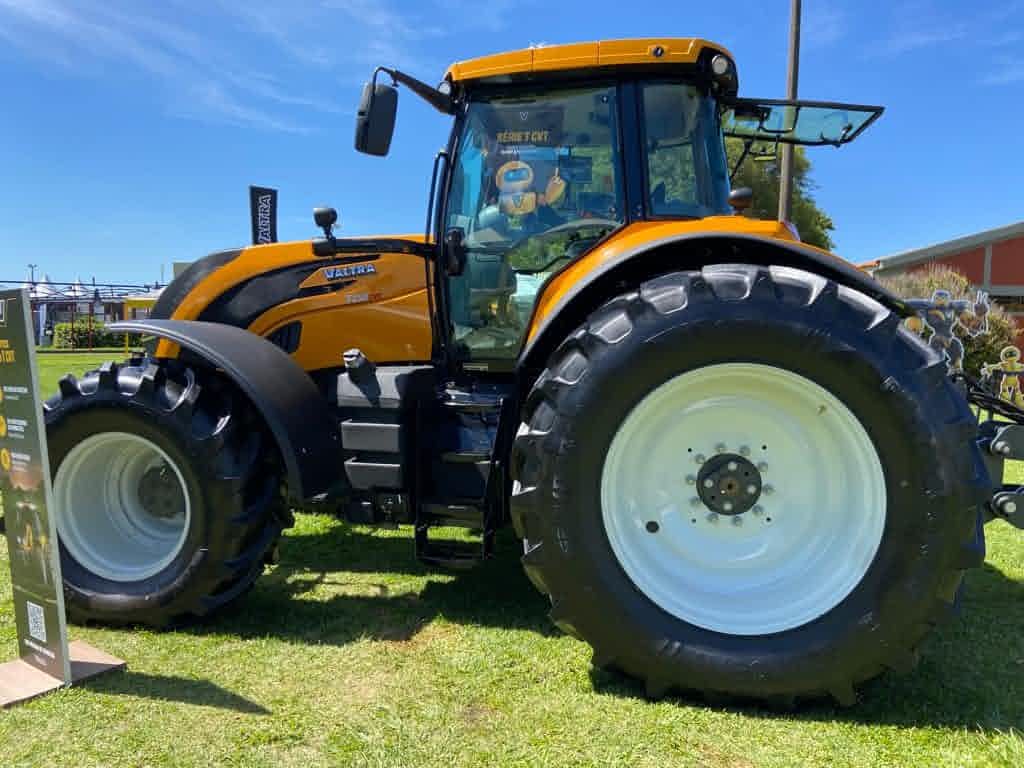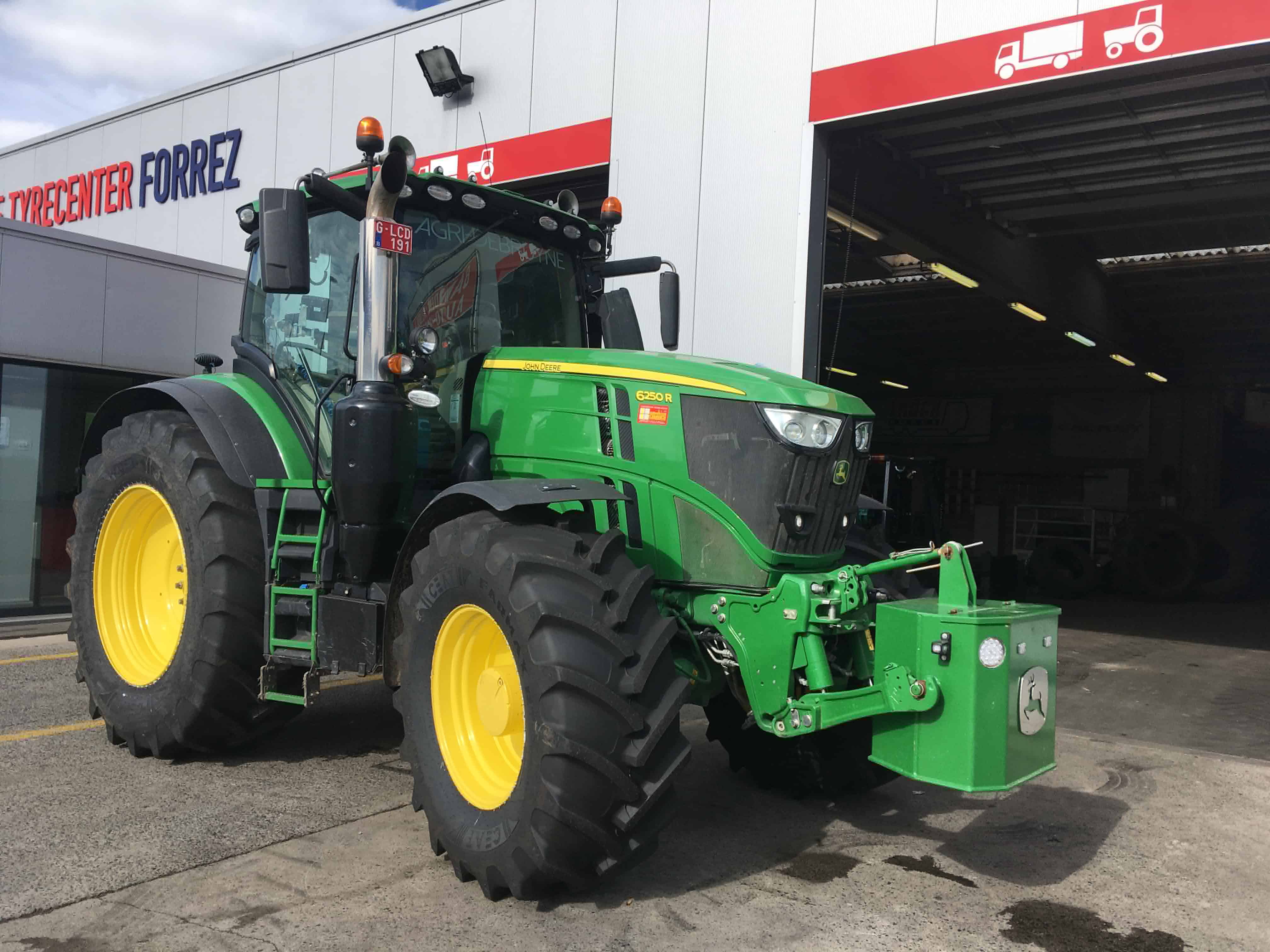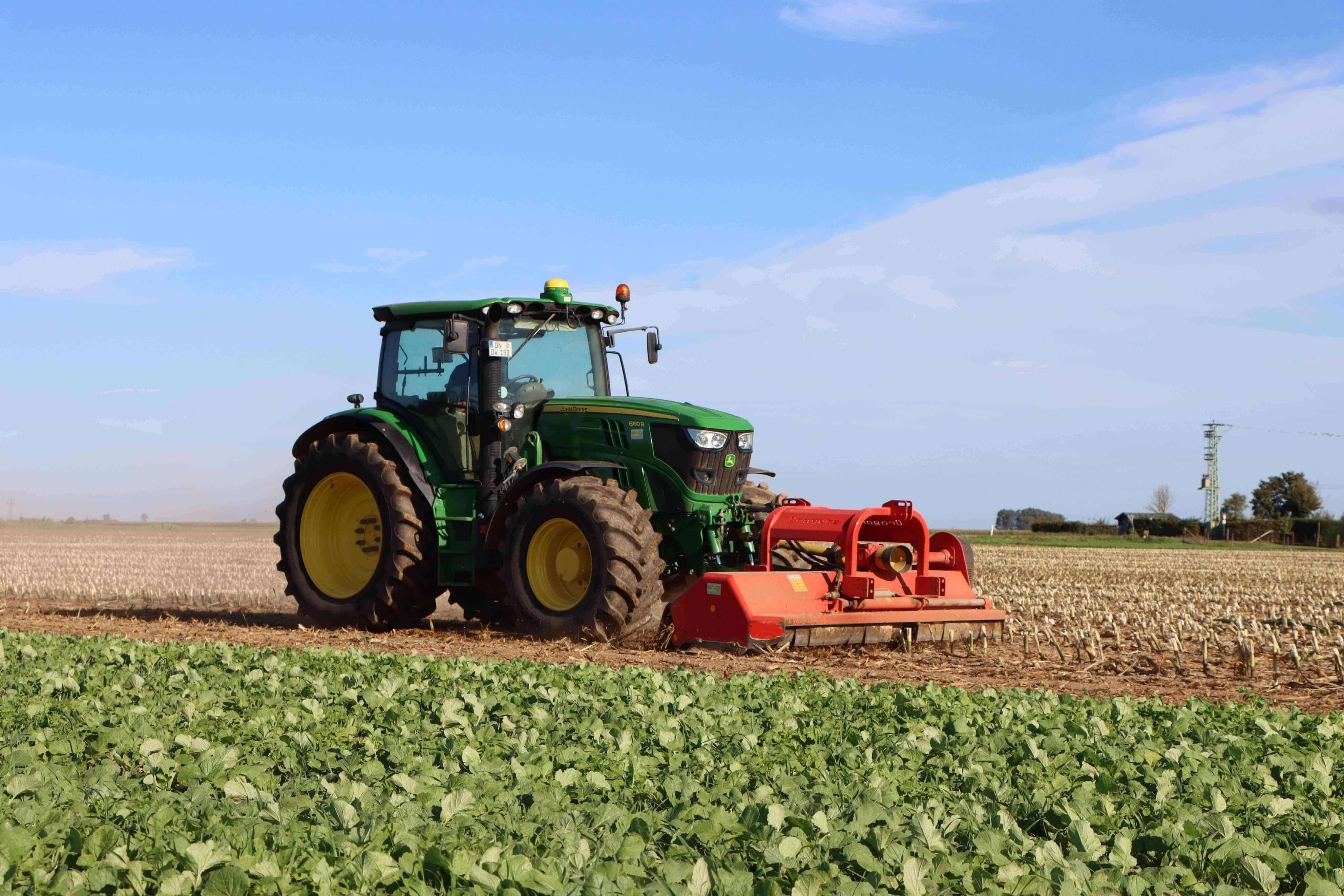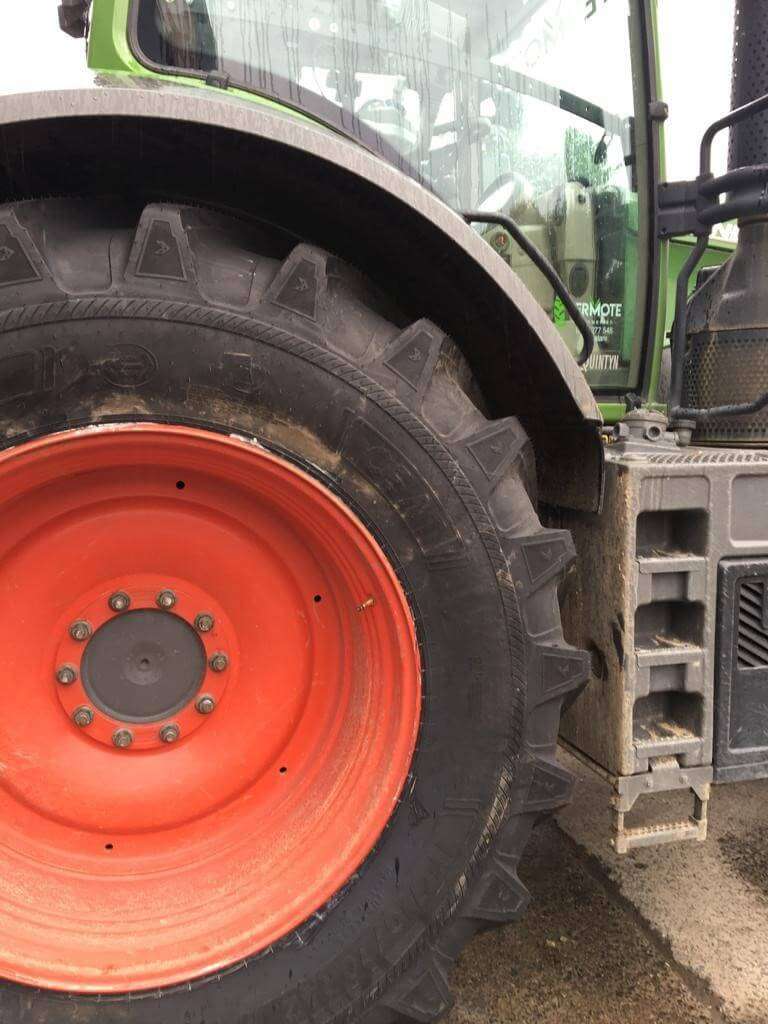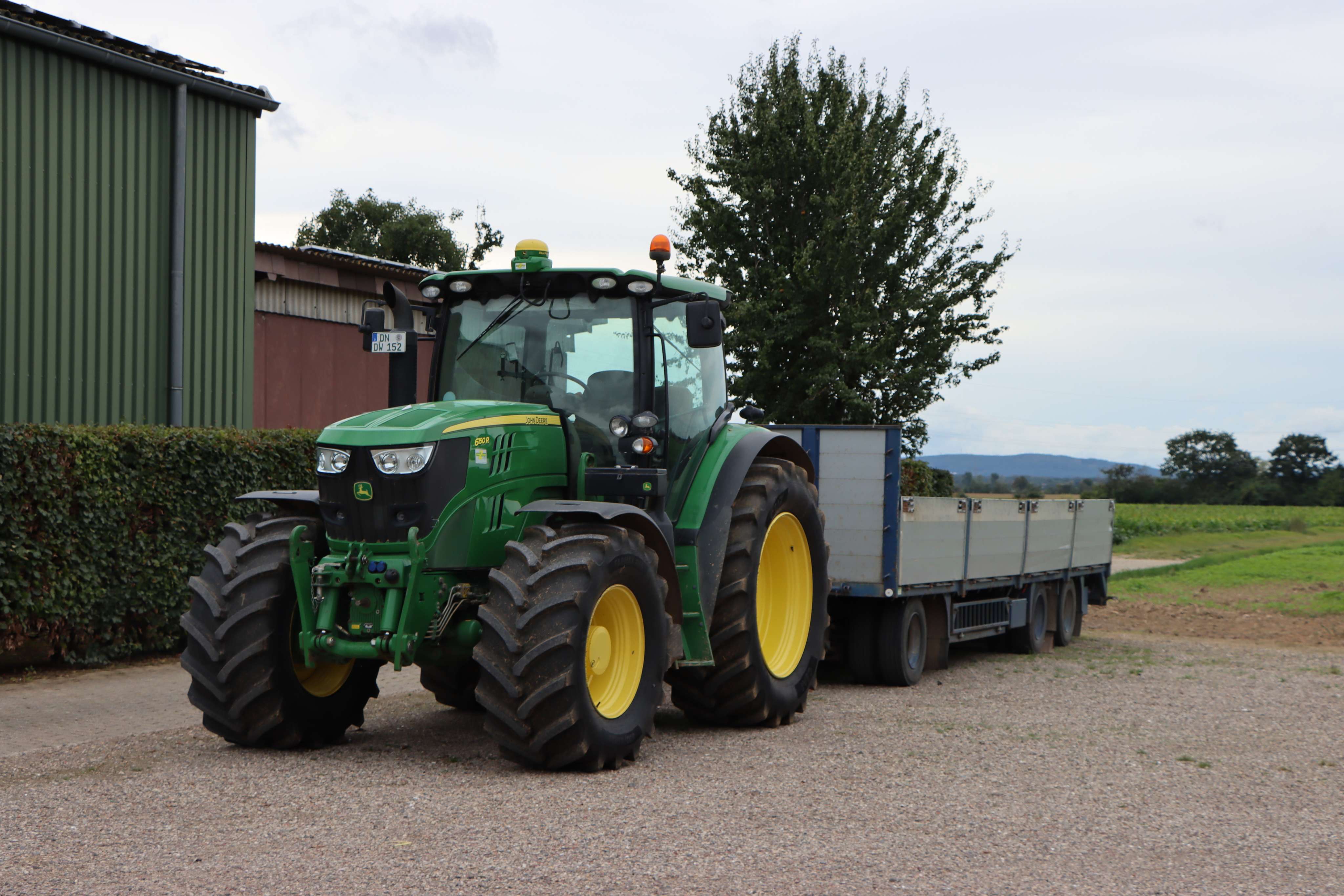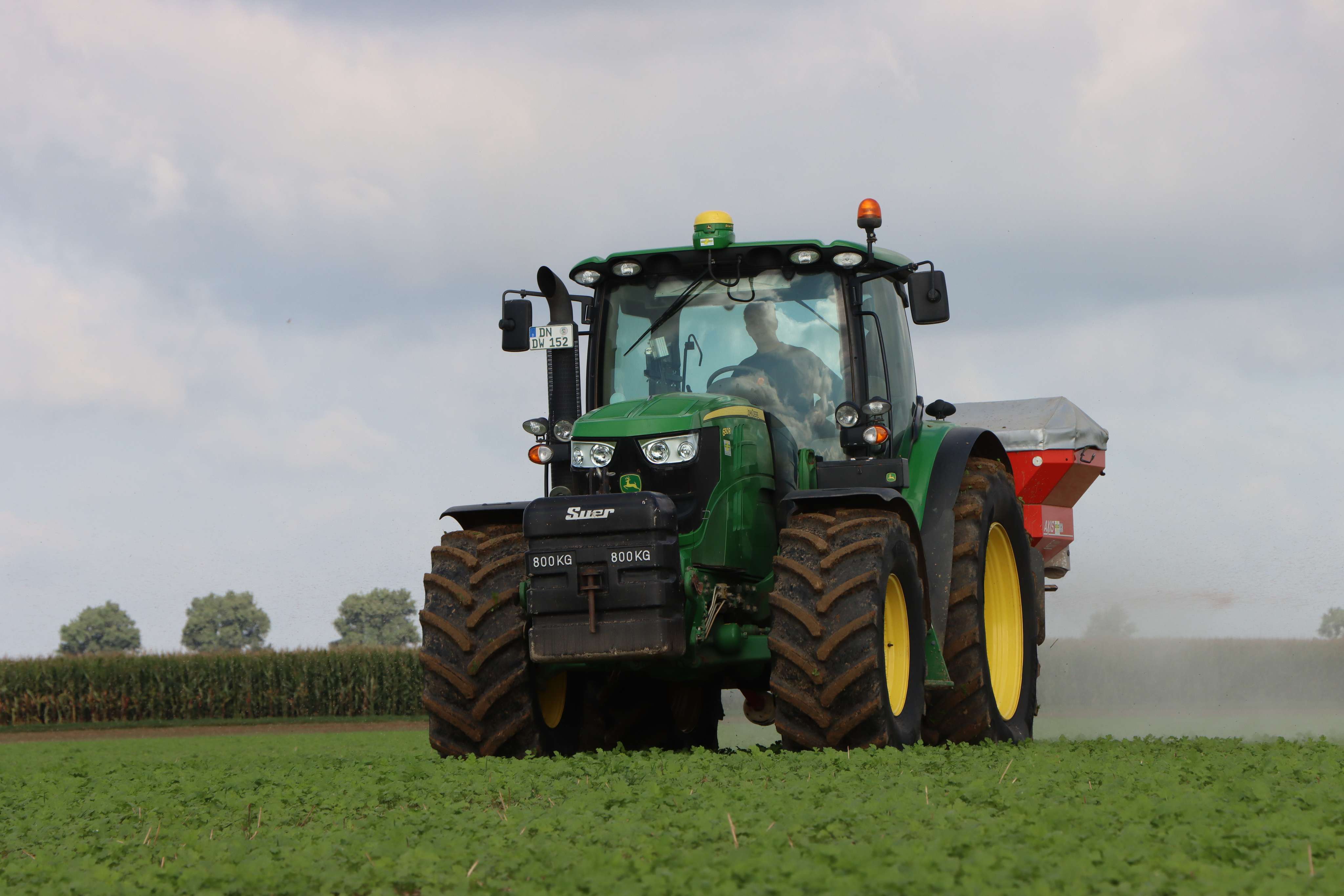ceat-speciality:blogs-tags/all,ceat-speciality:blogs-tags/tyre-care
Three Tips To Maximize Your Tractor Tyres’s Performance
Mon, 27 Dec 2021 | PRODUCTS
Whatever type of tractor you operate, its performance is only as good as the tyres with which it is fitted. They, after all, are what connects your machine, with all its power and technology, to the ground. Following these few pointers can help ensure you get the most from your tractor tyres , and they are worth remembering next time you seek out ‘tractor tyres for sale’ or ‘tractor tyres near me’ in an internet search. The numbers on a tractor tyres price list mean nothing if the purchase is not made with care and attention to maintain the tractor tyres ’ performance once they are fitted.
1. Wheelslip management
Wheelslip management is essential to effective tractor tyre performance, particularly in primary or secondary cultivations when the maximum power conversion to grip is critical. Excessive wheelslip wastes fuel, wears tractor tyres faster, damages soil through smearing and compaction, and reduces work rates. However, a controlled amount of slip is necessary for best performance from tyres and the tractors to which they are fitted. As the lugs of the tractor tyre grip the ground via the force that the tractor transmission transmits to the wheel, those lugs compress the soil until they encounter sufficient resistance to propel the tractor forwards. This compression varies soil type, condition, composition and moisture content. Wheelslip of 12-15% is ideal.In loose/cultivated or wet soil, it will be at the higher end of this bracket. If soil moisture is the problem, stop work if possible until conditions are drier. If soil structure is the issue – perhaps you are making a second pass on cultivated soil – consider perhaps consolidating the ground with a front-mounted press.
Suppose your tractor does not have a wheelslip management system. In that case, a simple assessment of slip levels can be made by measuring a set distance in the field and asking an assistant to count the revolutions of the tyre made over this distance when the tractor is at work. Calculate the total distance of the wheel revolutions covered by the circumference of the tractor tyre, and compare them against the measured distance worked on calculating a percentage slip.
However, many modern tractors are equipped with wheelslip monitors, which use radar to measure the actual distance travelled by the tractor and compare it against the revolutions of the wheels/tyres. If your tractor has wheelslip monitoring, ensure it is set for the optimum amount of wheelslip given the work being carried out and the soil conditions present.
2. Correct ballasting
Different tasks have different tractor ballast requirements. If you are using mounted equipment, you will naturally require sufficient front-end tractor ballast to counter-balance the tractor/implement combination both when in work and when the implement is raised. Ensure also, though, that this front weight is removed when not required once the job is complete, as to retain it will increase tractor tyre wear and potentially affect the steering.
Front-end weights are often also required for trailed implements with a high draft requirement, such as primary cultivators. Weights for the rear and front tractor wheels can also help. Seek advice from a tractor tyre specialist, particularly one with weigh cells available. Observe your machine at work to assess its performance – for example, if the front wheels are scrabbling for grip, more front weight is needed.
3. Correct pressures
Tractor tyres operated at pressures exceeding those recommended by the manufacturer will suffer from impeded performance. Their contact patch will be reduced, cutting the amount of tyre tread in contact with the soil. Conversely, tractor tyres operated at pressures below those recommended may move on the wheel rim, which at best will result in wasted power. For optimum performance from your tractor tyres , check their pressures daily and adjust them whenever necessary.
Remember these points next time you are seeking new tractor tyres for sale and looking down a tractor tyre price list because regardless of the tractor tyres’ price, they can only perform as well as they are maintained.

